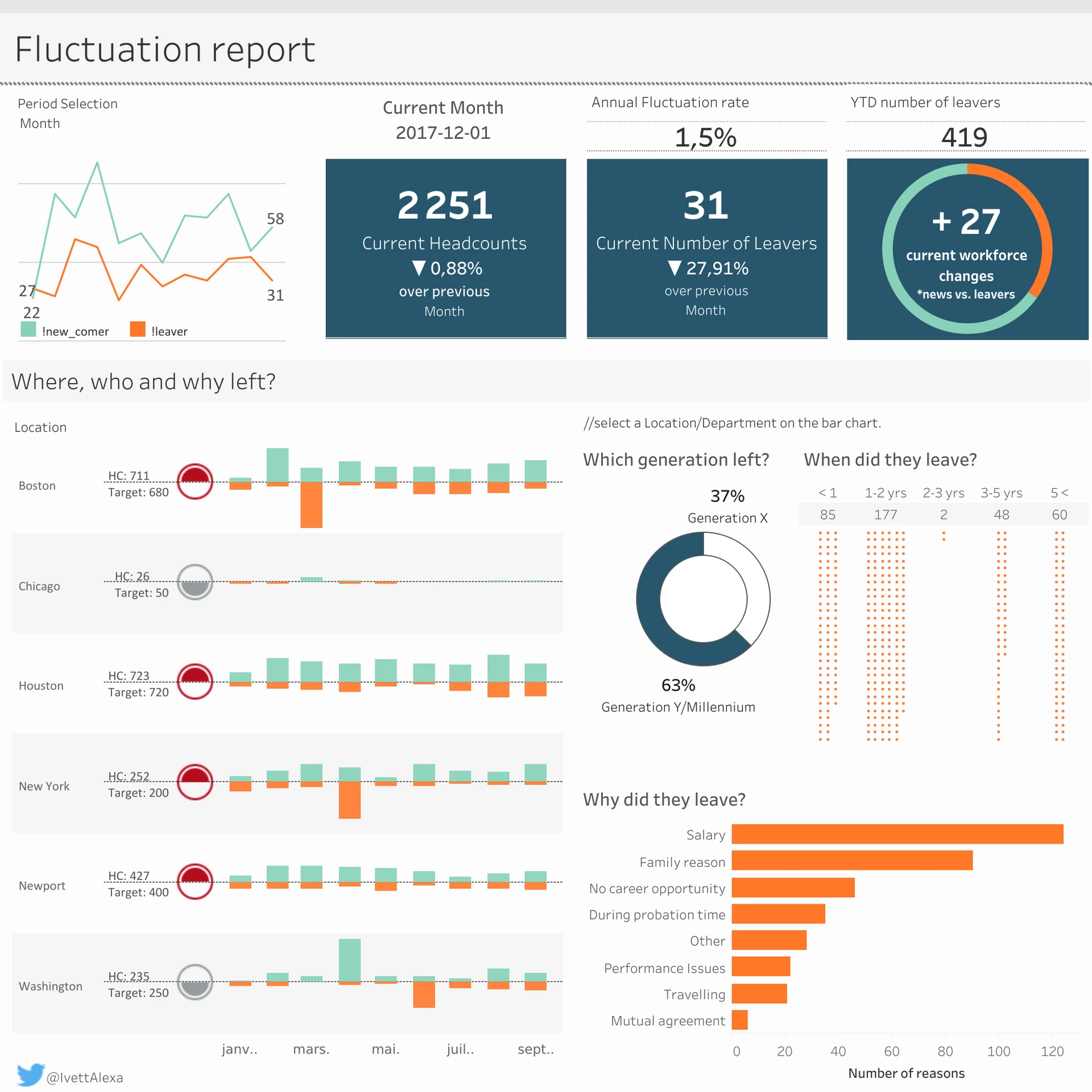- Work
HR Analytics: from operational to predictable
July 16 — 2024


In today’s innovation-driven business environment, transforming people management and development practices is now crucial for organizations. In this context, people analytics is emerging as a must-have capability. But while organizations know the importance of people analytics, many are lagging in its adoption. According to Deloitte, although 72% of companies regard HR analytics as a priority, only 35% have people dedicated to the practice. Moreover, only 11% have set dashboards and automation to gain real-time insights, and only 2% have reached advanced analytics maturity levels. These figures highlight a significant gap between interest in HR analytics and their effective integration into business practices.
An increased interest in HR analytics
People analytics, or HR analytics focus on the collection, analysis, and interpretation of data relating to an organization’s HR practices, enabling them to make informed, evidence-based decisions. HR analytics is therefore gaining in popularity because it can significantly transform decision-making, improve operational efficiency, and promote a strategic approach to team and organizational development.
A promising future
So, when it comes to harnessing data insights gained from existing people management initiatives to optimize talent management, improve program effectiveness or foster well-being, can SMEs hope for the same capabilities available to larger enterprises?

They certainly can. HR analytics now tends to be much easier to use. No more endless Excel formulas and cross-tabulations! The future of HR analytics has never been brighter, thanks to the emergence of simple, accessible low-code/no code solutions. Today’s platforms enable information to be collected, analyzed, and shared, through such features as data visualization, workflow automation, and artificial intelligence technologies. Some of these solutions even come packaged into widely used HR systems. Organizations leveraging such tools into their people management practices are enabled to shape the future of their team and organization based on evidence and insights.
A tool that promotes consistency
Adopting HR analytics represents a unique opportunity to align recruitment, well-being and professional development practices with the organization’s growth objectives and values.
It starts with a need and opportunity analysis of using people analytics. This includes conducting a complete inventory of previously undertaken analytic initiatives and different team-lead initiatives, as well as current business objectives. At Mirego, to help focus on the most critical needs, the team mapped each current or future initiatives based on two main criteria:
- Importance: regardless of their impact, what are the key indicators that align to the business’s KPIs, needs or core values?
- Impact: putting aside feasibility or availability considerations, which indicators can most significantly influence the company’s future and the growth of both the business and the team?

Following this analysis, several topics were selected to build an action plan. For example, the following initiatives were among those the team chose to deploy:
- Talent acquisition analytics: This initiative enables the team to monitor ongoing operations, but above all to retrospectively evaluate HR programs to refine future strategies. This includes identifying the most effective hiring sources and highlighting the main obstacles in the process.
- Development initiatives: The information thus gathered can be combined with needs, skills in demand, and growth opportunities to improve support for the current and future aspirations of team members and the company.
- Retention and departure factors: This information offers a clear vision of past and future challenges, identifying critical retention periods and developing an in-depth understanding of different departure profiles, for example.
To summarize, HR analytics is becoming simpler than ever, bringing significant value to organizations looking to shine in a complex and changing professional landscape and seeking industry leadership through their approaches to managing and growing their teams and practices. By relying on data to guide their actions and anticipate, companies can fine-tune their current practices and prepare to face and overcome tomorrow’s HR challenges, paving the way for the development of sustainable practices and long-term success.